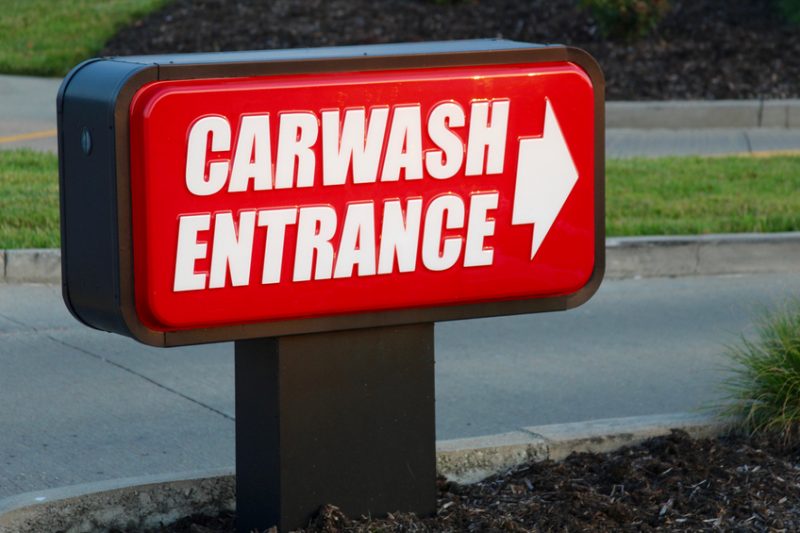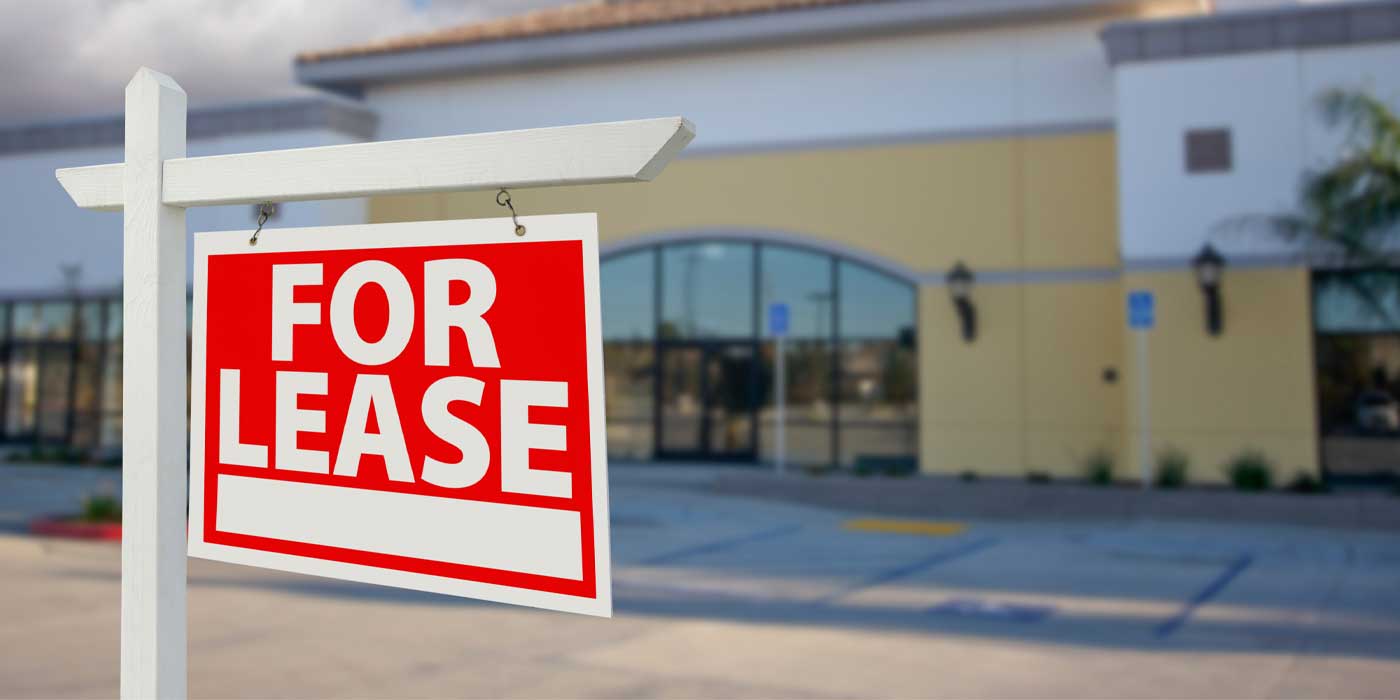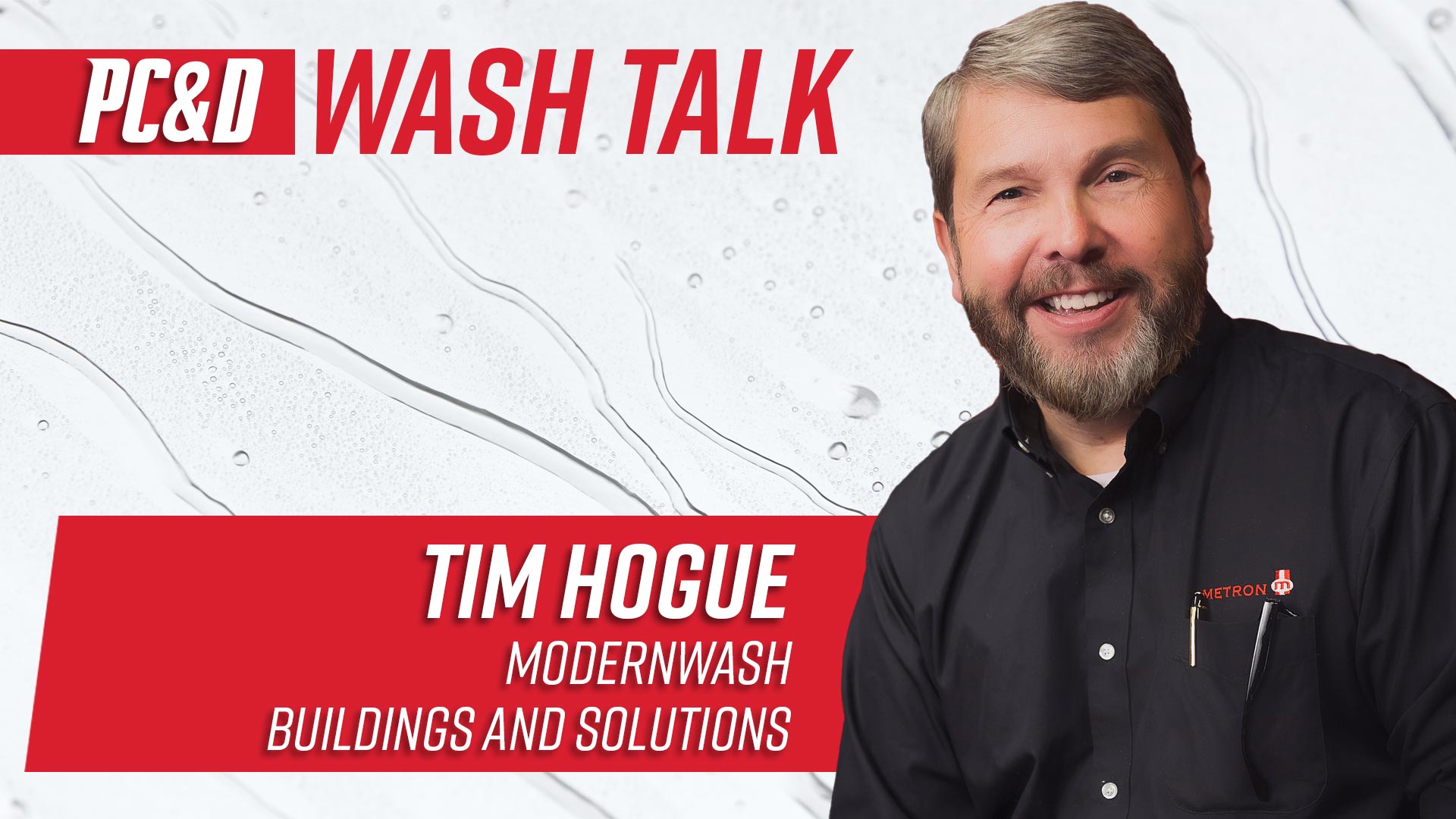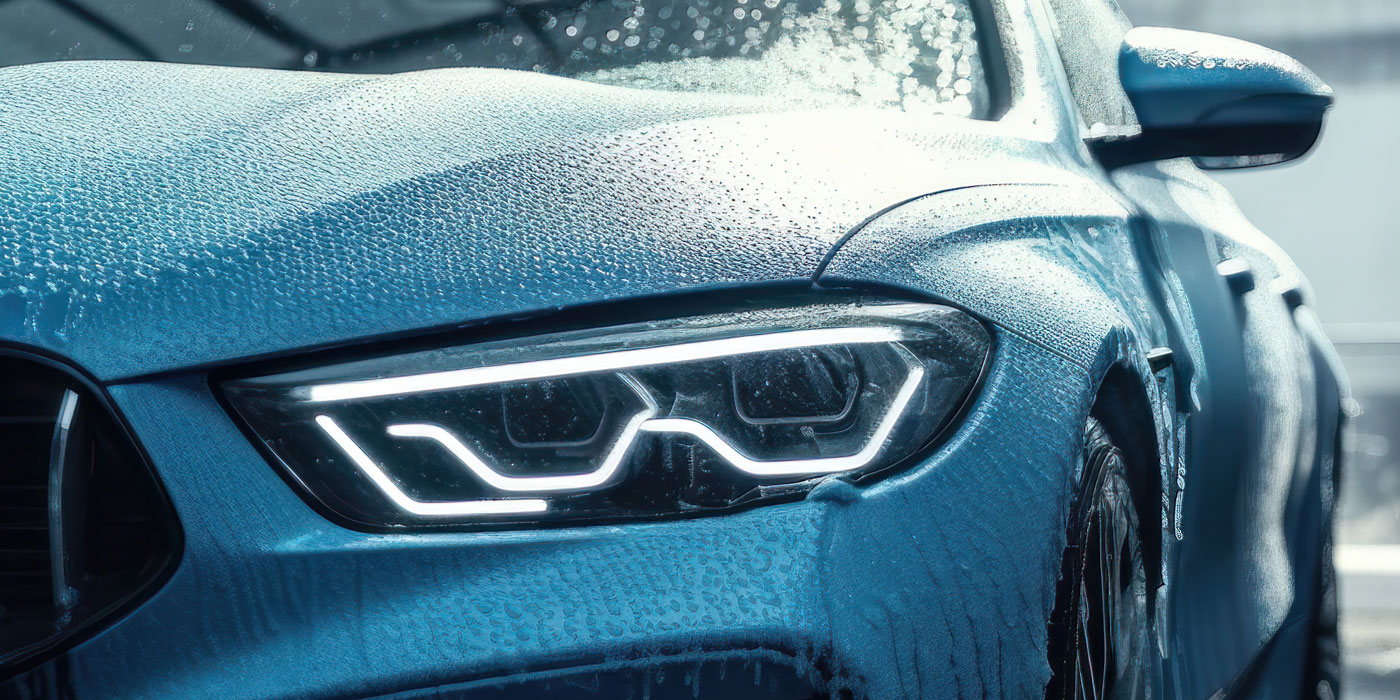Sure it’s an old cliché, but it still rings true, especially in the competitive world of professional carwashing: There’s no second chance to make a first impression. Putting a wash’s best foot forward from day one is an important step in claiming a solid market share and building a dependable customer base. This is especially true for new wash owners or investors. After all, there are competitors in almost every market that have been the “go-to” carwash for decades. Overcoming the competition’s history and differentiating a new carwash from others nearby should be every new owner’s main goal.
To that end, appearance, accessibility and convenience remain major considerations for today’s busy carwash customers. When deciding where to take their business, on-the-go drivers frequently opt for the location that offers quick, worry-free and effective service. Few will return if left with memories of stacked cars, slow service and crowded vacuums areas.
Fortunately, modern carwashes can be designed so that a business will overcome its site challenges and find continued success. In fact, the days of cookie-cutter carwash plans may be numbered. Design companies create wash plans customized for a specific site. Every factor, from ingress and egress to the location of vacuums and impulse items, is considered and addressed. Now and in the future, carwash site design will continue to evolve and aid owners working to maximize a wash’s full potential and profitability.
Visual interest, customer experience
Today, a well-designed, visually interesting structure naturally attracts more attention than an ordinary, basic “shoebox” building, according to Chris Hovinga, site development project manager with Tommy Car Wash Systems. Design elements, such as highlighted curves and a building’s “grand scale,” will pique curiosity and create a desire for customers to investigate further.
Yet, once the decision has been made to visit a wash, customer experience will prove to be the most important factor. Many older wash facilities provide a dark and claustrophobic experience, Hovinga notes. Even if people can’t quite put their finger on the problem, this atmosphere can be upsetting enough to drive customers away.
“A well-designed building is bright, open and inviting,” Hovinga says. “It provides a smooth light transition entering and exiting. From the outside, a clear view inside eases customers’ anxieties by eliminating the ‘mystery of the dark box.’”
Also, the ability to see outside while washing creates an enjoyable, relaxing experience instead of a fearful one. This kind of carwash site design and customer experience has proven to drive wash sales and create enthusiastic brand ambassadors, Hovinga states.
Yet, having a bright, open design means that keeping the wash clean is absolutely critical, Hovinga continues. If an owner properly cleans and maintains a facility, customers will automatically believe that the business and its workers will care just as much about their vehicle. This impression can go a long way in creating customer loyalty.
Retailers and modern design
An emphasis on modern design in all aspects of daily life as well as a modern design aesthetic in general has raised the expectations of the average consumer, states Timothy Hogue, senior design with Modernwash Car Wash Environments. Consumers now expect a certain level of professional, detail-oriented systems to be in place to serve their daily retail experience.
Thus, the more detailed and attentive that a retailer becomes to serving the consumers’ satisfaction levels and needs, the more the consumer perceives a connection to the retailer’s brand or goods. According to Hogue, this is when occasional customers become loyal clients, and a true brand is established. This is a “unified design” that takes all aspects of the clients’ experience into account. The modern retailer strengthens its professional position and establishes expert status by applying a modern, clean, detailed design aesthetic to the building, operations and site layout.
“The modern carwash operator would benefit to mimic the site design criteria of larger retail chain operations,” Hogue says. “These larger retailers have employed expensive firms to research and learn their clients’ characteristics to determine the best practices for their site layouts. Utilizing some of these characteristics can greatly improve the unified design of their locations thereby increasing sales and client loyalty.”
Simple, intuitive and efficient
Getting customers onto a lot is the all-important first step, and smart site layout with a correct traffic flow process is crucial. A great site can be choked by volume in the stack, Hovinga explains. Yet, a simple process change to the entrance, turning radius or loading and exiting process can be all that’s standing in the way of total success. Here, adding dedicated lanes for wash clubs and RFID readers can smooth pay area traffic as well. Other important steps include designing the correct signs, site exits and curbing to guide customers. Each plays a role in processing more cars.
Hogue states that an important part of utilizing smart unified design is making sure all elements of the wash site are taken into account. This includes the entrance into the carwash site. A location’s marketing starts at the road, and the entrance should offer a smooth transition from the roadway to the business.
Curbs can be an important component as well. The designated sweeping curbs and corresponding eye-level entrance signage should “channel” customers into the main entrance. While several operators overlook curbing as it adds cost, the use of curbing establishes and reinforces the flow of a site, according to Hogue. A well-designed site needs to “auto-navigate” the client as much as possible.
Hovinga shares four steps sites can follow to carry access convenience through the entire wash process:
- Keep the entrance to the site and the flow to the pay lanes clear and intuitive; confident customers will enter a site without hesitation.
- Once in line, a clean, clear, easy-to-read and completely uncluttered menu is crucial to customers making a quick buying decision and helping keep the queue moving.
- Load faster and closer with a wash design that provides easy, confident loading without the anxiety of correlators and chains.
- Finally, at the wash exit, simple directional signs send customers to the vacuum area or the site exit.
As mentioned, signage is an important part of keeping wash traffic moving efficiently. Utilizing visible, clear, simple and color-coordinated signage keeps traffic moving once it’s on-site, Hogue notes. This signage can be posted signs or adhesive/painted directional arrows on the pavement, but all directions need to correspond so that no misinterpretation is possible for customers.
“Our research has shown that even adding an ‘ENTER’ sign prior to the pay station area helps to alleviate potential slowdowns,” Hogue says. “The site signage should have a modern, clean font that is easily readable while navigating the site. The turning radius should be generous with mainly left-hand turns to make the client more comfortable.”
The hardest part
Unfortunately for new investors, finding the right site may be the hardest part of opening a carwash. Hovinga states that his company plays a part in the land selection process as often as possible. The company educates the investor on what to look for when it comes to size, scope, scale, visibility and presence. Finding the right location is the ever important first step in creating a successful wash.
When the list is narrowed down to one location, the company will bring the site and surrounding area into a 3-D modeling program, Hovinga says. The design includes neighboring buildings to check visibility, colors and overall impression. Once a computer model is nailed down for visibility and flow, the company works with the customer’s civil engineer to make the carwash a reality.
Hogue states that operators are facing smaller and smaller commercial lot availability in some areas, making site selection an even tougher proposition. Still, in reviewing the available lots, challenging sites should not be overlooked. So called “difficult sites” may offer opportunities in excellent markets, but these sites typically allow only enough land to fit basic carwash operations. This may preclude room for enlarged customer care or prep areas.
Comparatively, large sites can come with challenges as well, Hogue continues. More space sometimes creates multiple entrance/exit choices, and determining the best traffic flow can become more complicated. Especially because the increased space will likely give an operator the incentive to add more services to the site. As the services increase, the determination of the best traffic flow becomes harder with more layout choices, and multiple services often increase the possibility of traffic and pedestrian crossing.
Evolving carwash site design
Carwash sites have come a long way in the last few years with more emphasis on intelligent layout and design, according to Hogue. Successful operators now consider how their customers will interact while using their location. Operators can increase their margin of success by carefully observing previous layouts, their competitors’ sites as well as customer behavior in other modern retail locations.
Still, simply drawing a wild carwash site design is not enough. Instead the key is finding a carwash design company with experience in operational success, Hovinga says. Ideally a new owner will partner with a company that has built locations that handle massive volume due to proven designs.
“The building, equipment and site layout are all part of the total wash experience,” Hovinga concludes. “They absolutely must all work together if you expect to achieve the greatest possible success.”














